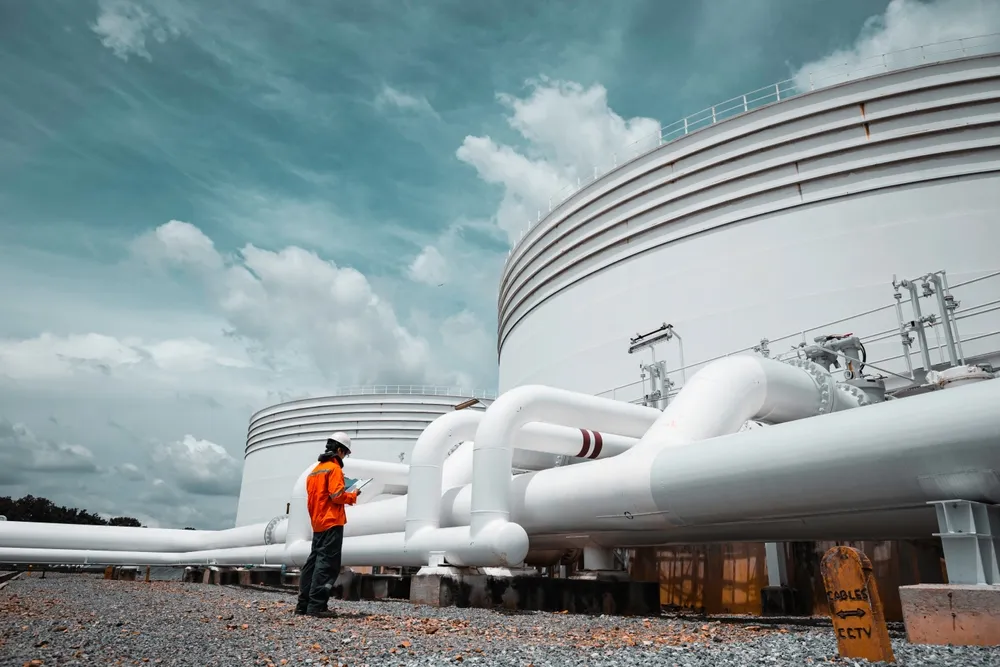Process Plant Troubleshooting and Engineering Solutions Course
Introduction:
For sectors aiming to maintain business relevance, troubleshooting is a crucial component of operations. The Process Plant Troubleshooting and Engineering Solutions course provides essential troubleshooting skills and engineering problem-solving techniques, necessary for continuous improvement in process efficiency.
This comprehensive course focuses on developing participants' abilities in plant troubleshooting and innovative engineering methods. By combining theoretical knowledge with practical application, the course prepares participants to handle real-world industrial challenges effectively.
Objectives:
At the end of this Process Plant Troubleshooting and Engineering Solutions course, participants will be able to:
- Tackle advanced levels of troubleshooting.
- Construct a structured approach to troubleshooting and problem resolution.
- Utilize function-based manuals effectively.
- Identify key individuals for leading troubleshooting efforts.
- Implement workplace practices that ensure successful problem resolution.
Training Methodology:
- Case Studies
- Workshops
- Simulations
- Group Discussions
- Role-playing
- Drills
- Interactive Sessions
Course Outline:
Unit 1: Introductory Concepts
- Characterize the nature of problems.
- Build common language.
- Scope – Asset or process.
- Identify structured methodologies for the 6 Big Losses and 7 Wastes.
- Delegate techniques.
- Introduction of tools.
- Establish a Six Level Performance Standard.
- Understand critical relationships.
Unit 2: Tools and Techniques
- Decision-making models.
- Comprehend maturation indexation.
- Dissect complicated linkages.
- Understand the problem and the problem-solving process in its entirety.
- Grasp theoretical concepts of tools and techniques.
- Choose appropriate project selection techniques.
- Define tools and techniques and explain the selection process.
Unit 3: People Issues
- Assess the impact of workplace culture on empowerment.
- Analyze group behavior.
- Encourage optimal performance from individuals.
- Differentiate between external and internal motivation.
- Develop training and skills for troubleshooting and problem-solving.
- Implement successful organizational change management.
- Utilize transition matrices and fractions.
Unit 4: Operator, Maintainer, Designer Interface
- Strengthen teamwork across departments.
- Evaluate the role of maintenance strategy.
- Assess contributions by function.
- Consider life cycle analysis in the design stage.
- Conduct variability analysis.
- Apply strategic thinking, planning, and protocols.
- Demonstrate positive proof of "fit" between operational factors.
- Emphasize the need for continual improvement.
Unit 5: Review of Concepts, Tools, and Techniques
- Develop achievable plans.
- Understand principles of configuration management.
- Assess off-the-shelf systems.
- Use minimal standard questions for well-defined problems.
- Familiarize with data maturity models to guide appropriate actions.


















